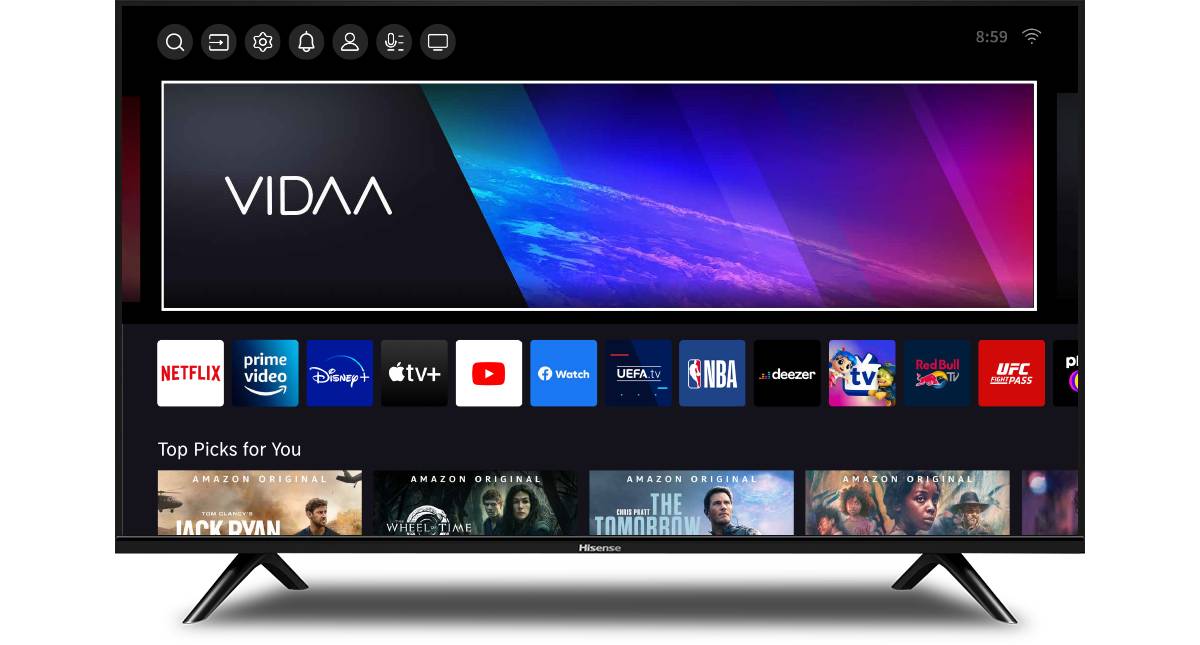Digital video is a broad church, encompassing a wide range of different formats – each of which is quite different from both the consumer’s and the advertiser’s perspective. A full-screen pre-roll ad on a streaming platform for example is very different from a small, muted, autoplay video ad crammed into a banner at the side of an article.
It’s key therefore that advertisers know exactly what they’re getting when buying video inventory. Each video format and placement has its own value, but if buyers can’t tell what type of placement they’re paying for, some inventory will inevitably end up getting undervalued, harming the market as a whole.
IAB Tech Lab has created standardised definitions which sellers can use to label their inventory and then pass on to buyers in their programmatic transactions. These definitions got a major update last year, following extensive industry consultation. But while these new definitions provide a big opportunity to publishers and buyers alike, and could foster a healthier overall video ad market, industry adoption is still fairly low.
Redefining the instream/outstream divide
IAB Tech Lab’s guidelines previously defined five different types of video ad placements: in-stream, in-banner, in-article, in-feed, and interstitial/slide/floating. But Tech Lab’s consultations found that these definitions created an inaccurate divide between instream and outstream ads. A wide array of different ad experiences ended up classified as instream, devaluing the label as a whole.
Thus, four new definitions were created:
- Instream: Pre-roll, mid-roll, and post-roll ads that are played before, during or after the streaming video content that the consumer has requested. Instream video must be set to “sound on” by default at player start, or have explicitly clear user intent to watch the video content. While there may be other content surrounding the player, the video content must be the focus of the user’s visit. It should remain the primary content on the page and the only video player in-view capable of audio when playing. If the player converts to floating/sticky subsequent ad calls should accurately convey the updated player size.
- Accompanying content: Pre-roll, mid-roll, and post-roll ads that are played before, during, or after streaming video content. The video player loads and plays before, between, or after paragraphs of text or graphical content, and starts playing only when it enters the viewport. Accompanying content should only start playback upon entering the viewport. It may convert to a floating/sticky player as it scrolls off the page.
- Interstitial: Video ads that are played without video content. During playback, it must be the primary focus of the page and take up the majority of the viewport and cannot be scrolled out of view. This can be in placements like in-app video or slideshows.
- No content/standalone: Video ads that are played without streaming video content. This can be in placements like slideshows, native feeds, in-content or sticky/floating.
The idea is to create a more clear divide between ads run within a video-first context like a streaming platform or YouTube, compared with ads played alongside video content which itself sits alongside text or other content. The latter would now be defined as ‘accompanying content’.
Some publishers previously may have labelled accompanying content as ‘in-stream’ under Tech Lab’s old definitions (since this category gets higher CPMs than outstream formats). But others labelled this type of inventory in other, lower value categories.
A new valuable category of video
For these publishers, ‘accompanying content’ represents a significant opportunity. Robert Blanck, general manager of advertising & e-commerce at Axel Springer, said the label creates a new type of inventory which sits in between what might typically be thought of as instream and outstream – inventory which is easier for publishers to create and is valuable to advertisers.
The definition is fairly publisher-friendly. It allows for accompany content video players to convert to ‘sticky’ players which stay within the user’s view when they scroll down the page, boosting viewability and availability of ad impressions. And if a user clicks into a video and it becomes the primary content (with audio on), it can be relabelled as instream within further auctions.
“There’s a difference between outstream and accompanying content, because accompanying content ads are near to the main content in an article, and fits that content, although it’s muted at least at first,” said Blanck. “So there are some interesting KPIs you could reach with accompanying content. It has good viewability for example, which outstream doesn’t always have”.
Publishers which invest in video often want to get as much value out of that content as they can, given the costs of production. One way of doing this can be to embed existing relevant video content within text articles. Previously, placement labels may have made this content indistinguishable from regular outstream formats. Now, publishers can clearly define these types of placements in programmatic auctions.
Bill Swanson, SVP EMEA at Connatix, said that from a buyer’s perspective, accompanying content inventory is more similar to instream than it is to other outstream inventory. “It’s a very valuable position, and should be seen similarly to instream from a value perspective,” he said. “It should be carved out almost as an accompaniment to an instream campaign, because of the relevance of the content to the page and because of the video content itself”.
This then obviously benefits publishers, allowing them to charge higher CPMs for these placements.
Adoption low, but change coming soon?
These new categories look like a win-win-for buyers and sellers. Connatix’s Swanson said that where advertisers don’t understand what they’re getting, it’s often easier for them to just not buy at all. Increasing transparency and the health of the overall video market can raise all boats by encouraging more investment overall, as well as raising CPMs for some types of inventory.
And yet both Swanson and Blanck say that adoption across the market is still lacking.
“Our buyer’s perspective is that recognition of the new definitions is minimal,” said Swanson. “If and when the signal is being passed along by publishers, it’s not being sought out by buyers.”
There are a few reasons for this. One simple one is that many buyers and sellers may simply not have been aware of the new definitions – not everyone follows IAB Tech Lab releases too closely after all.
There’s also a bit of a chicken and egg situation. So long as advertisers aren’t targeting these new definitions, sellers aren’t really incentivised to use them. In fact those who have been more liberal (and perhaps less honest) in their labelling of video ads as instream may be disincentivised from doing so, fearing slightly lower CPMs under the new definitions. And so long as sellers aren’t really using them, there’s not much use in buyers targeting them either.
Change is coming, however. At the start of this month, Google began requiring publishers to include the new labels in all AdX bid requests, which is likely to have a big impact in pushing adoption. “The pressure Google can put on publisher’s revenues to make a change is more or less the most pressure you can get,” said Blanck. “So now Google has adopted these standards, change will happen relatively fast.” Swanson said that Google’s adoption is likely to encourage other DSPs and buying platforms to follow suit, as more buyers become acquainted with the definitions.
That’s not the full story though. Passing the signals through programmatic bids is one thing – intelligently bidding on these formats and understanding each format’s value is another. The more buyers’ understand these definitions, the better for all parties.




